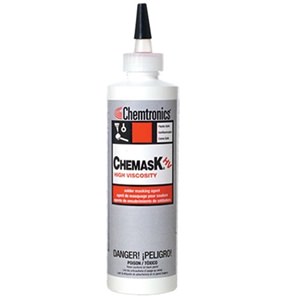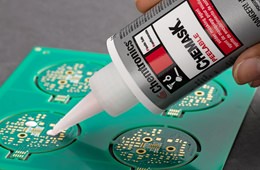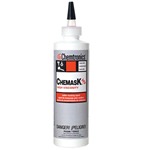
Your Sample Request
Chemask HV - High Viscosity Peelable Solder Mask
*=required field
TDS
REGS
SDS
Chemask HV - High Viscosity Peelable Solder Mask
High viscosity, peelable temporary solder masking agent
Chemask® HV Solder Masking Agent is a temporary, high viscosity, fast curing, peelable solder masking agent. It is a high-temperature resistant compound that protects component-free areas during wave soldering. Chemask® HV can be introduced to the wave solder preheat within 4 minutes without adverse effects. Chemask® HV may be used to protect pins, posts, contacts and edge connections during conformal coating processes.
Features & Benefits
- Usable within five minutes of application with preheat cycle
- More controlled application
- Thicker coating does not seep through thru-holes
- Latex material is compatible with flux systems and stable with cleaning solvents
Applications
- Increase manufacturing speed with preheat cure cycle
- Ideal for all thru-hole manufacturing applications
- Use as a protective mask during conformal coating process for: switches, pins, posts, contact and edge connections
| TDS | |
| REGS | |
| SDS | |
| Categories |
| Specifications | MIL-STD-2000A, PARA.5.3.18 |
|---|---|
| Shelf Life | 2 yrs. |
| Shipping Name | Coating Compound Not Regulated |







